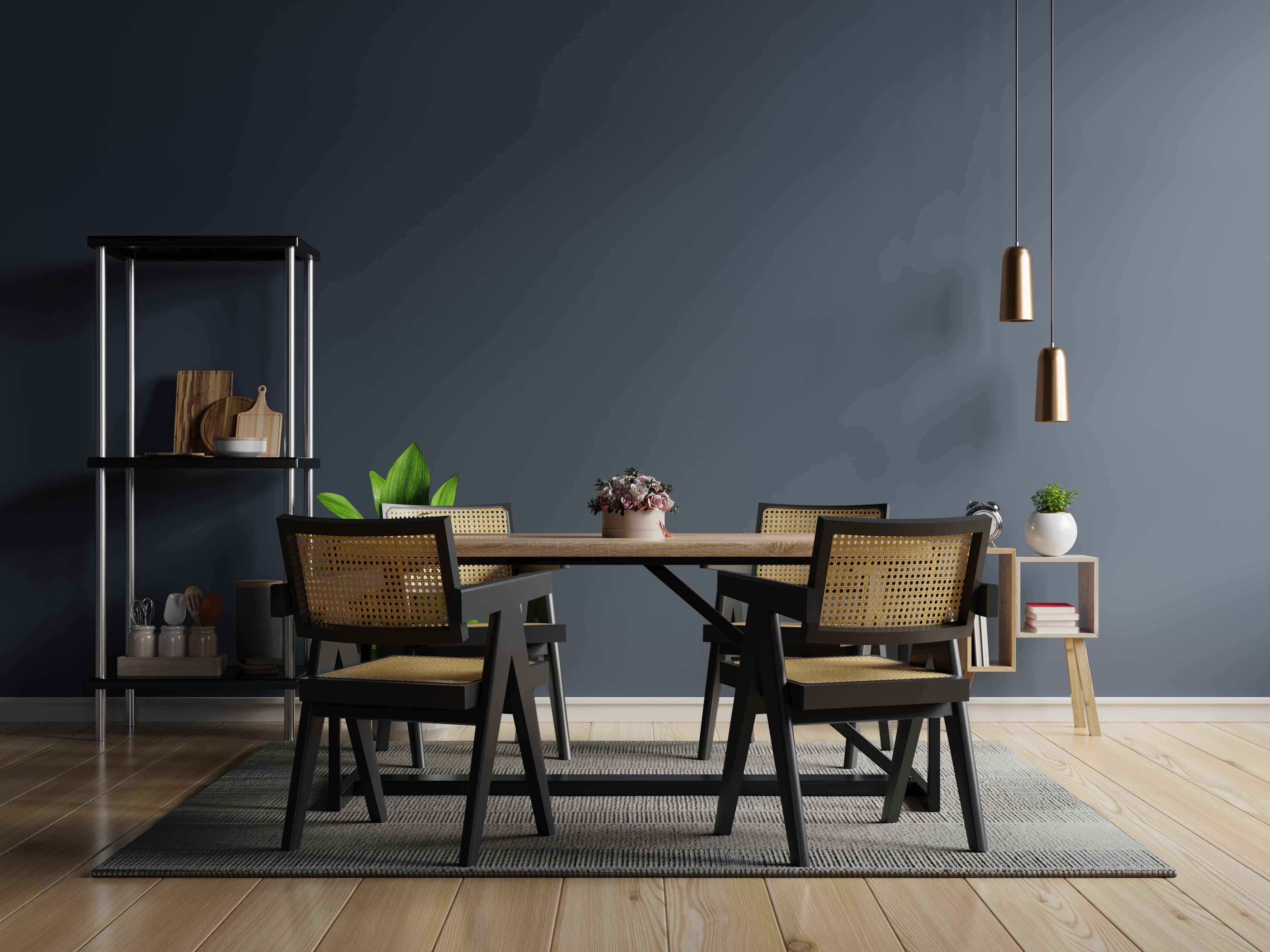
Water damage is a common concern for hardwood floors, as excessive moisture can lead to warping, cupping, and discoloration. When faced with water damage on your hardwood floors, you may wonder if engineered hardwood can be renovated or if replacement is the only option. This blog post will explore the potential for repairing water damage on engineered hardwood floors, providing insights into the process and considerations involved.
Understanding Engineered Hardwood
Engineered hardwood is a popular flooring choice due to its versatility, durability, and aesthetic appeal. Unlike solid hardwood, engineered hardwood consists of multiple layers, with a top layer of real hardwood veneer bonded to a core of plywood or high-density fiberboard (HDF). This construction makes engineered hardwood more resistant to moisture and dimensional changes than solid hardwood.
Assessing the Water Damage
The first step in determining if engineered hardwood can be repaired is assessing the extent of the water damage. If the water exposure is brief and the damage is localized, there is a higher chance of successful repair. However, if the water damage is extensive, the core layers of the engineered hardwood may have absorbed moisture, causing irreversible structural damage.
Repairing Minor Water Damage
For minor water damage on engineered hardwood floors, prompt action can prevent further issues and potential replacement. Here are the steps to repair minor water damage:
- Drying: Thoroughly dry the affected area using dehumidifiers, fans, or professional drying equipment. Ensure the floor's moisture content is within an acceptable range before proceeding with repairs.
- Sanding: Gently sand the damaged area to remove any stains, discoloration, or surface imperfections caused by the water. Be cautious not to sand too deeply, as it may compromise the veneer layer.
- Stain and Finish: Apply a matching stain to restore the color and blend it with the surrounding flooring. Finish the repaired area with a protective coat of polyurethane or another appropriate finish to provide durability and moisture resistance.
Repairing Major Water Damage
Repair options may be limited in cases of major water damage, where the engineered hardwood floor has experienced extensive moisture absorption or structural changes. In such situations, it is recommendable to consult a professional hardwood floor contractor to evaluate the damage and determine the perfect course of action.
Replacement Considerations
Replacing the affected sections or even the entire floor may be necessary if the water damage is serious or widespread. This is particularly true if the core layers have been compromised, resulting in significant swelling, warping, or buckling. Replacement ensures the integrity and longevity of the flooring and minimizes the risk of future issues related to water damage.
Preventing Future Water Damage
After repairing or replacing water-damaged engineered hardwood floors, preventive measures are essential to avoid future water damage. Here are some preventive tips:
- Wipe up spills immediately to prevent water from seeping into the flooring.
- Use mats or rugs in high-traffic areas and near entryways to trap moisture and dirt.
- Maintain proper indoor humidity levels, ideally between 35% and 55%, to prevent excessive moisture or dryness that can impact the flooring.
- Avoid wet mopping the floor and use a slightly damp mop or recommended hardwood floor cleaner instead.
- Ensure proper ventilation in moisture-prone areas, such as bathrooms, kitchens, and basements.
The Final Thought
While the repair ability of water-damaged engineered hardwood floors depends on the intensity of the damage, minor cases can often be successfully repaired. Prompt action, proper assessment, and appropriate repair techniques are crucial for a successful restoration. In cases of major water damage, professional assessment and potential replacement may be necessary to ensure the long-term integrity of the flooring.
Remember to prioritize preventive measures to minimize the risk of future water damage and maintain the beauty and durability of your engineered hardwood floors.
Note: “Revive the timeless beauty of your hardwood floors with expert restoration services. Discover the best hardwood floor restoration near you and bring back the luster to your home!”

































